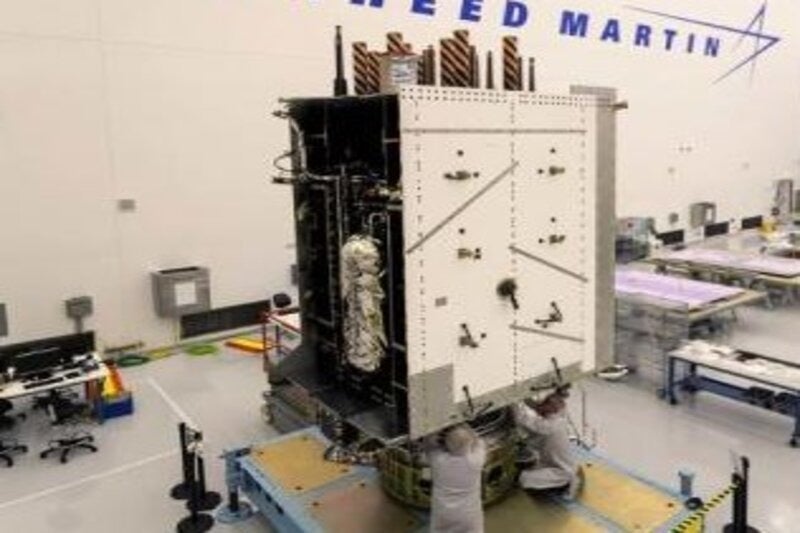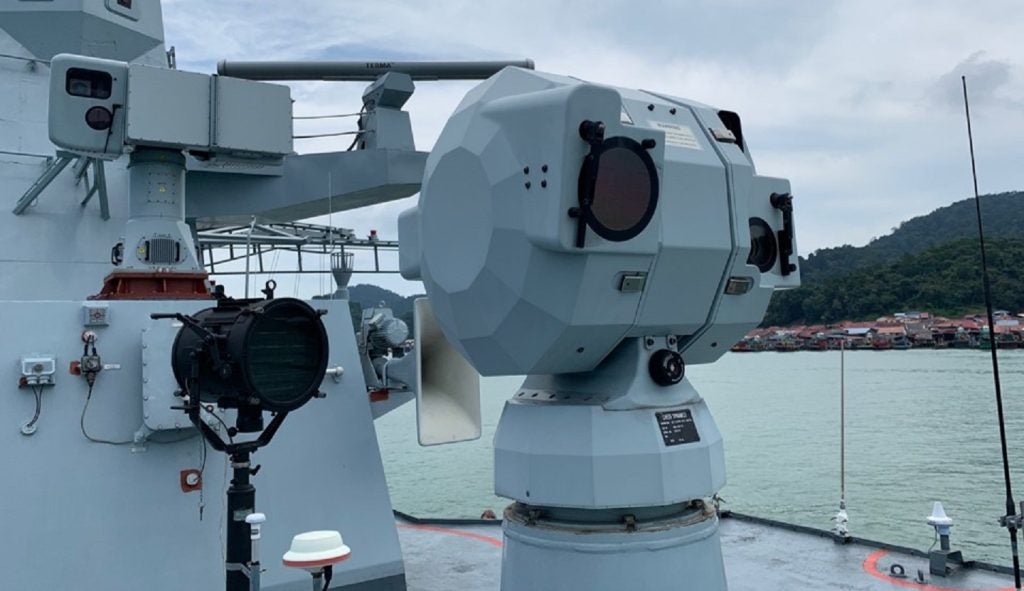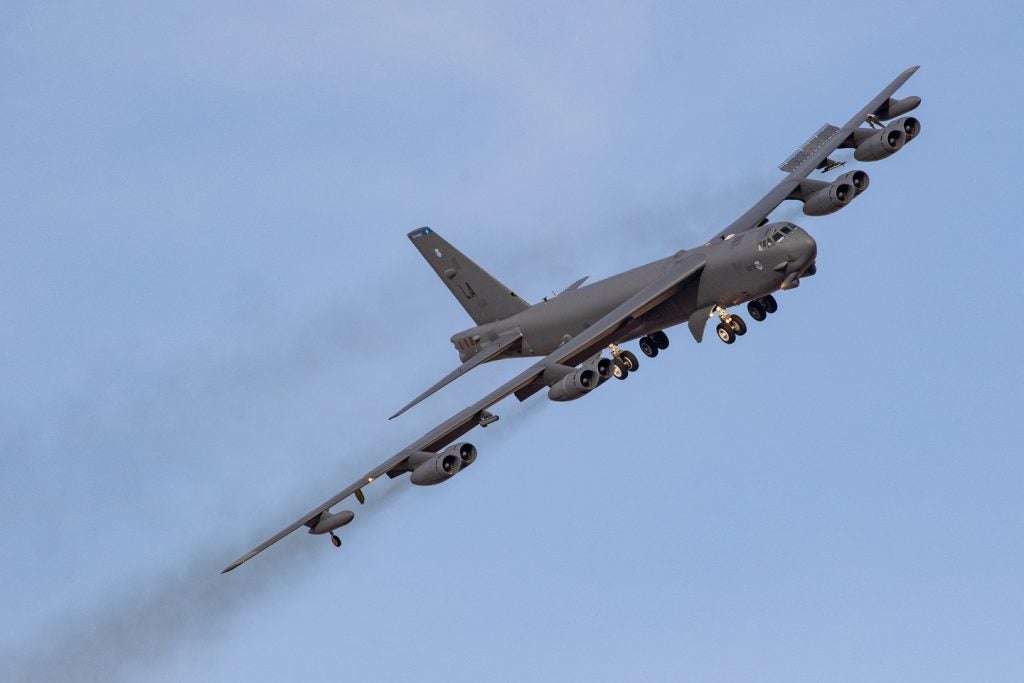
Lockheed Martin has launched its third GPS III Space Vehicle 03 (GPS III SV03) satellite to orbit under its own propulsion using the on-board power to reach its operational orbit.
The launch was conducted on board a SpaceX Falcon 9 rocket from Cape Canaveral Air Force Station, Florida.
Once launched, the satellite separated from its rocket. The satellite is approximately 12,550 miles above the Earth.
Currently, the space vehicle is responding to commands from US Space Force (USSF) and Lockheed Martin engineers in the Launch & Checkout Center at the company’s facility in Denver.
The rocket booster separated from the satellite 90 minutes after the launch.
Lockheed Martin Navigation Systems acting vice-president Tonya Ladwig said: “In the coming days, GPS III SV03’s on board liquid apogee engines will continue to propel the satellite towards its operational orbit.
How well do you really know your competitors?
Access the most comprehensive Company Profiles on the market, powered by GlobalData. Save hours of research. Gain competitive edge.

Thank you!
Your download email will arrive shortly
Not ready to buy yet? Download a free sample
We are confident about the unique quality of our Company Profiles. However, we want you to make the most beneficial decision for your business, so we offer a free sample that you can download by submitting the below form
By GlobalData“Once it arrives, we’ll send the satellite commands to deploy its solar arrays and antennas, and prepare the satellite for handover to Space Operations Command.”
GPS III SV03 is expected to join the GPS constellation, including GPS III SV01 and SV02, following on-orbit testing.
The other two systems were declared operational in January and April this year in providing positioning, navigation and timing signals for users.
Using new technology and capabilities, the GPS III will modernise the GPS constellation. It will provide enhanced accuracy and improved anti-jamming capabilities over any previous GPS satellite.
To improve global user connectivity, the satellite is designed to accommodate new L1C civil signal.
The programme was led by the Space Production Corps Medium Earth Orbit Division at the USSF’s Space and Missile Systems Center in Los Angeles Air Force Base (AFB).
Further, the GPS Operational Control Segment sustainment is managed by the Enterprise Corps, GPS Sustainment Division at Peterson AFB.
The GPS constellation for military and civil use is managed by the 2nd Space Operations Squadron, at Schriever AFB.







